In this issue

Fall 2023
Globetrotting
Learn More
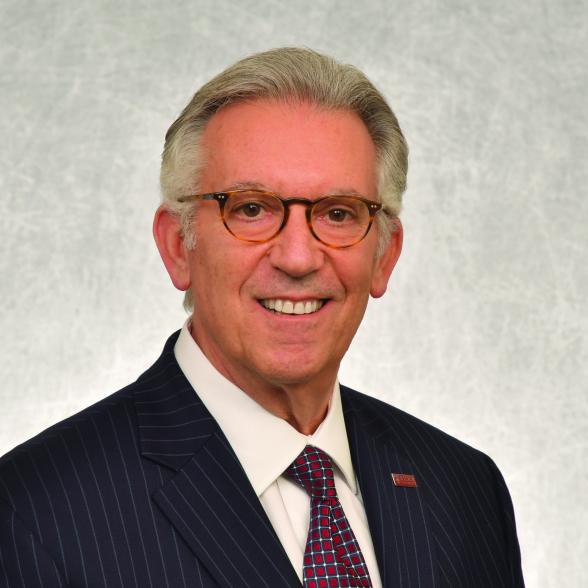
Fall 2023
Fall 2023: President's letter
Learn More

Fall 2023
Rider Roundup: Fall 2023
Learn More
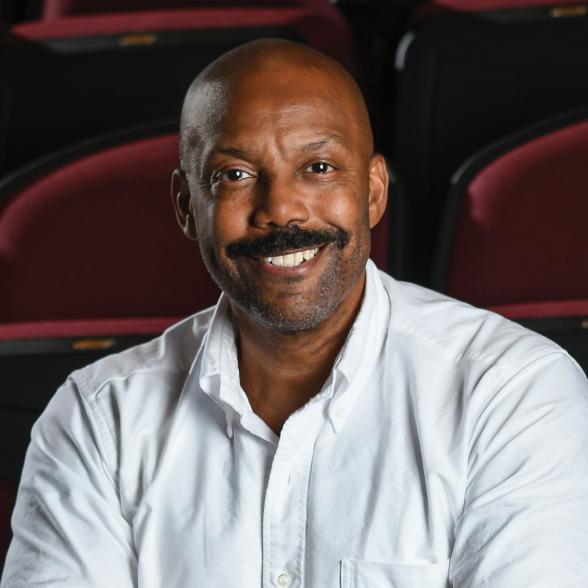
Fall 2023
Faculty profile: T. Oliver Reid
Learn More

Fall 2023
Athletic highlights spring 2023
Learn More

Fall 2023
Bob Hamer’s track and field teams made Rider history
Learn More
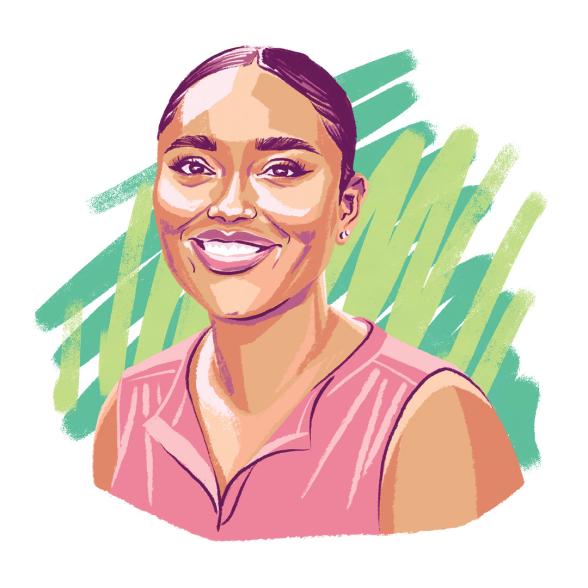
Fall 2023
Meet four Broncs whose lives have been impacted by the power of generosity
Learn More
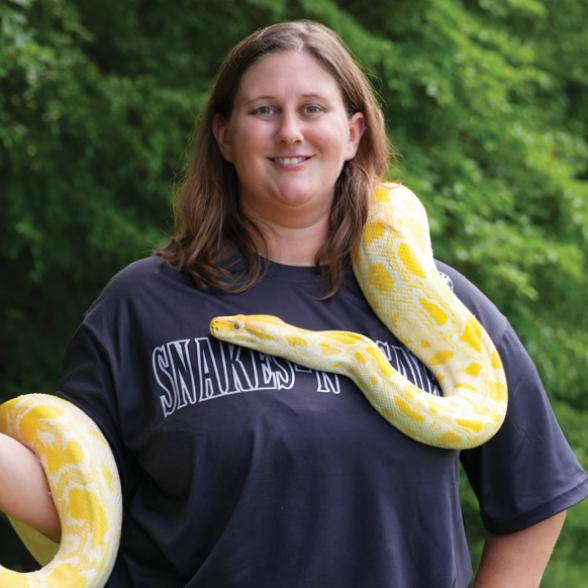
Fall 2023
Through careers working with animals, graduates seek to do good for them and the environment
Learn More

Fall 2023
Class Notes: Fall 2023
Learn More
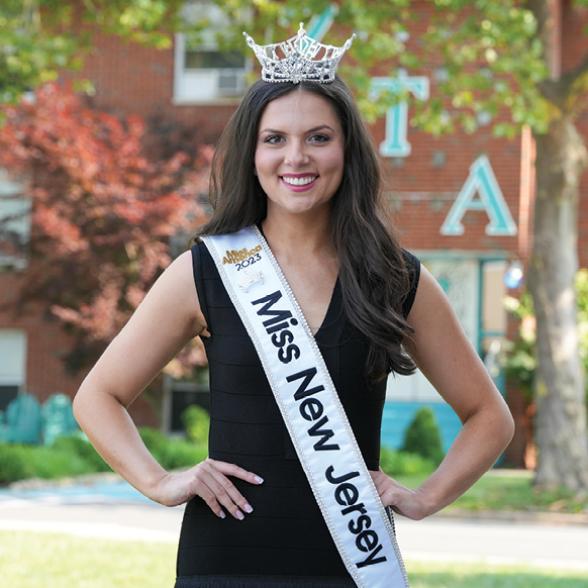
Fall 2023
Victoria Mozitis ’23 is Miss New Jersey 2023
Learn More